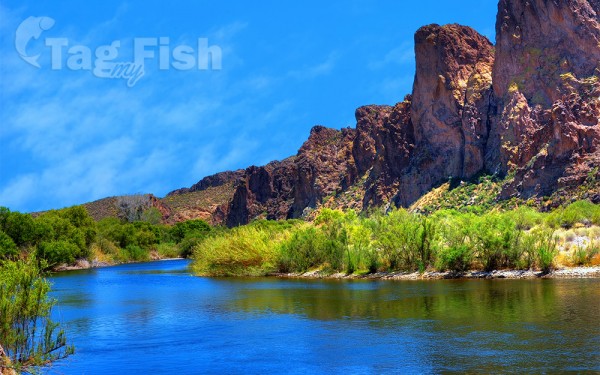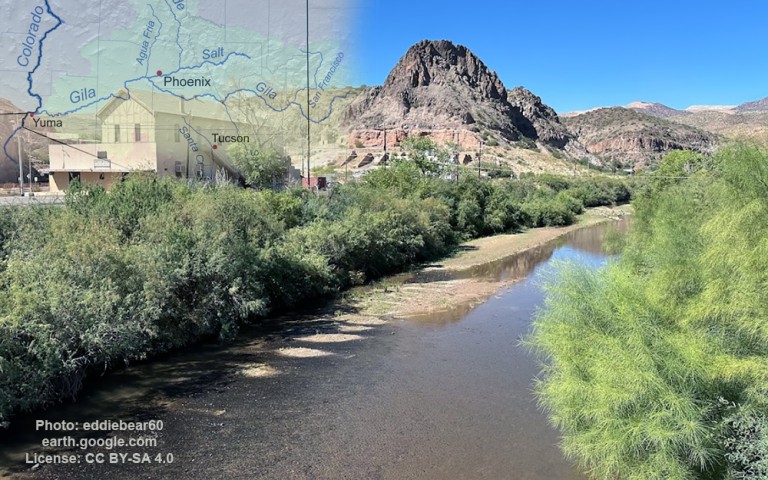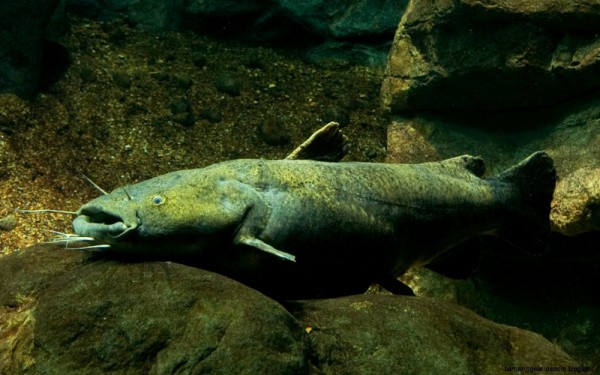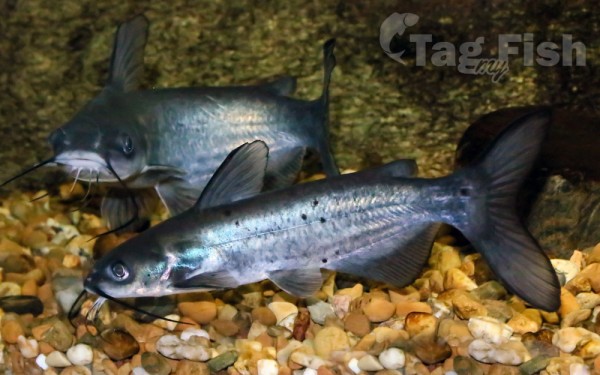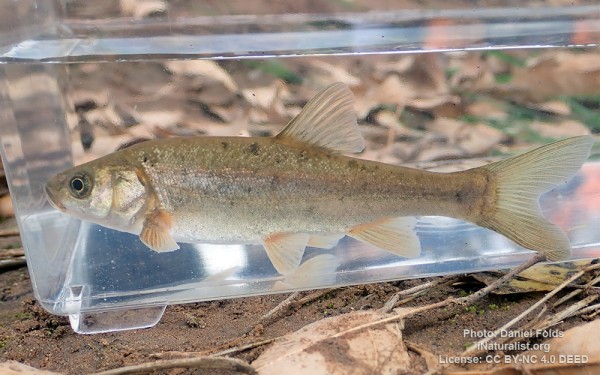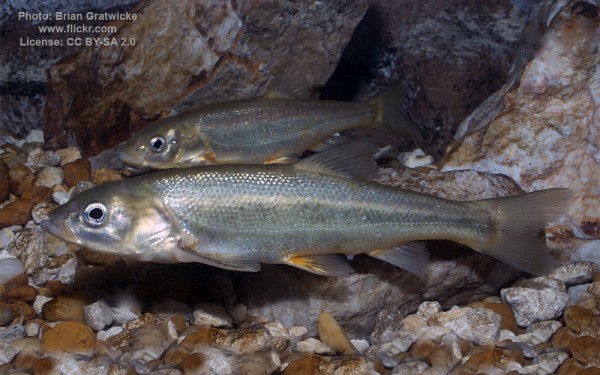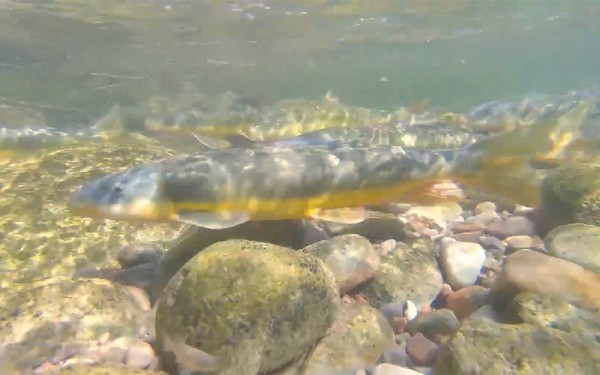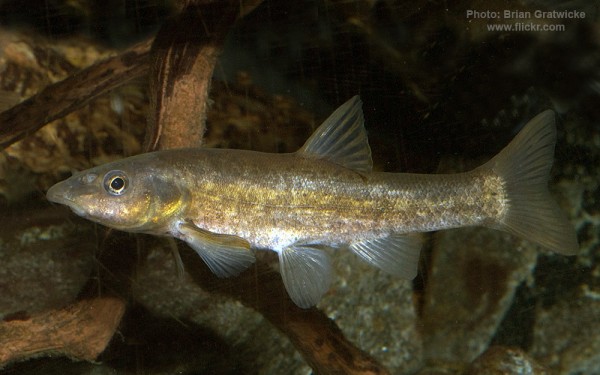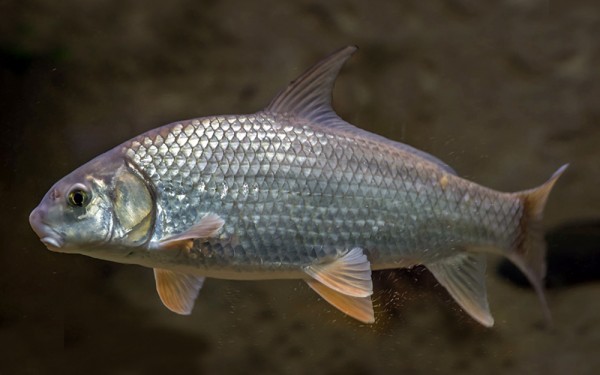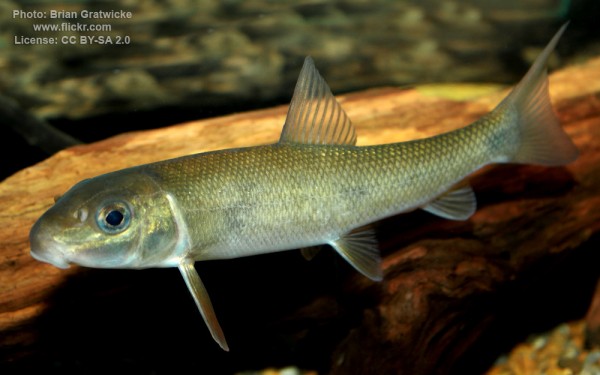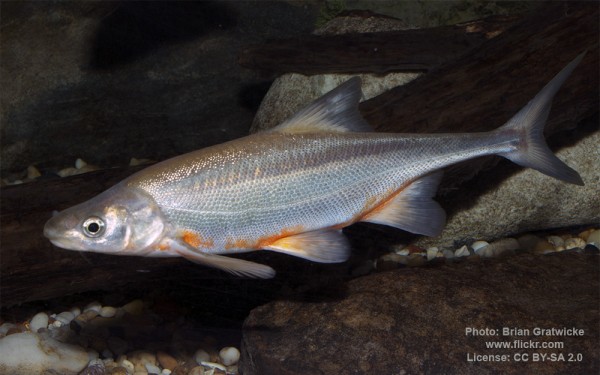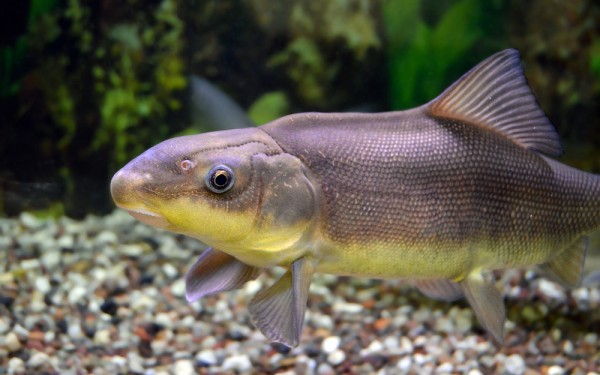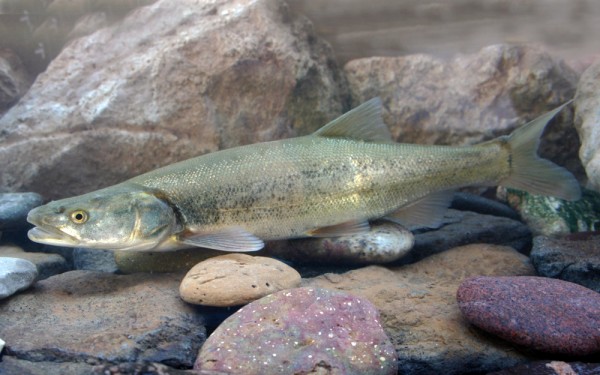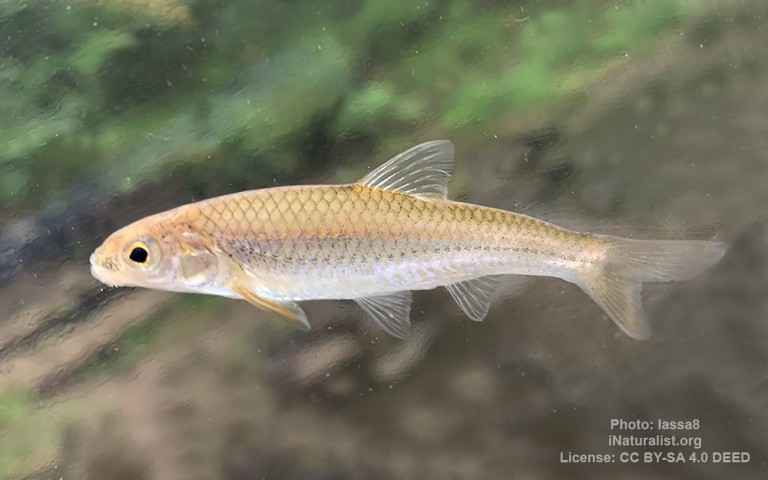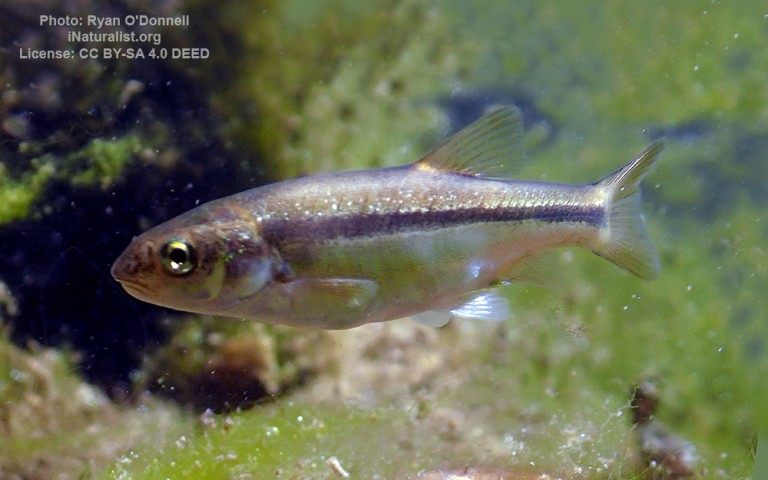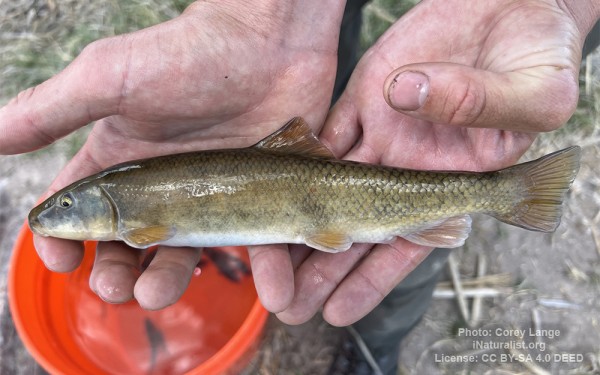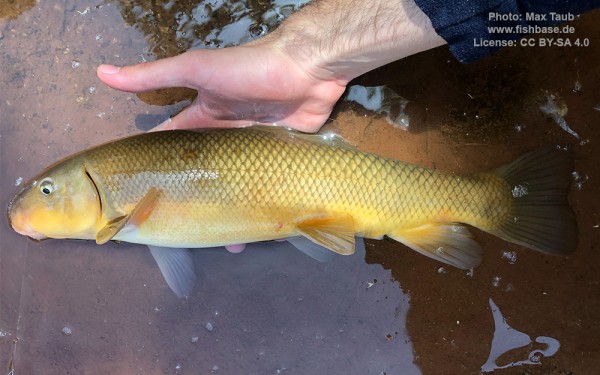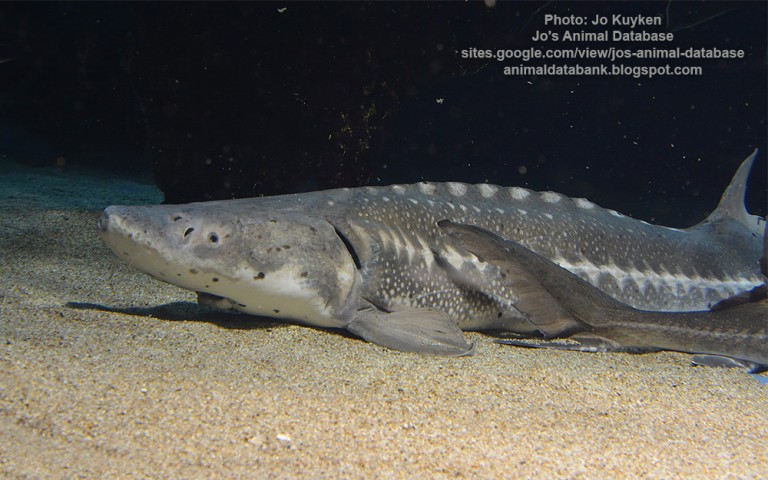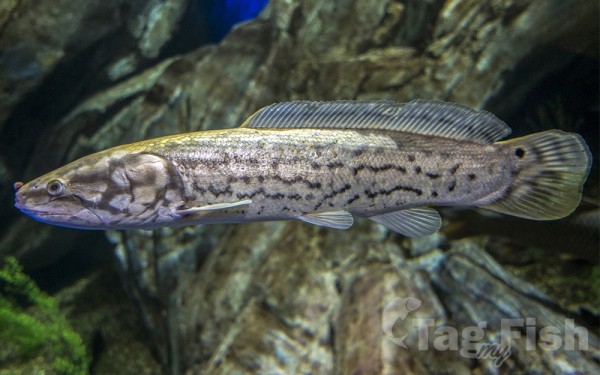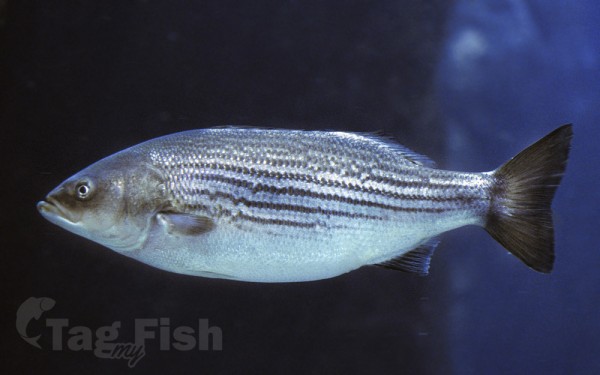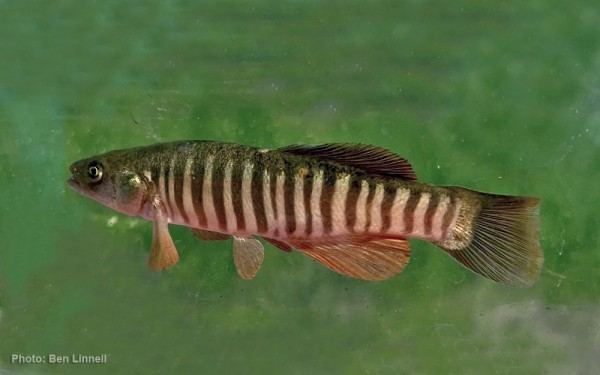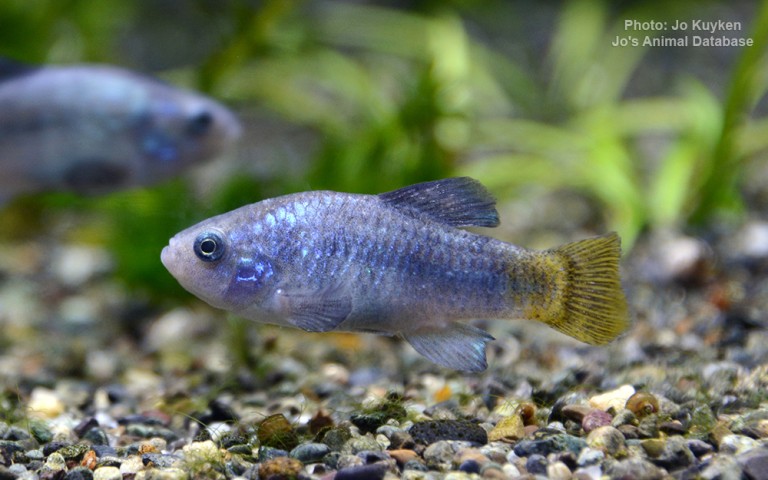Gila
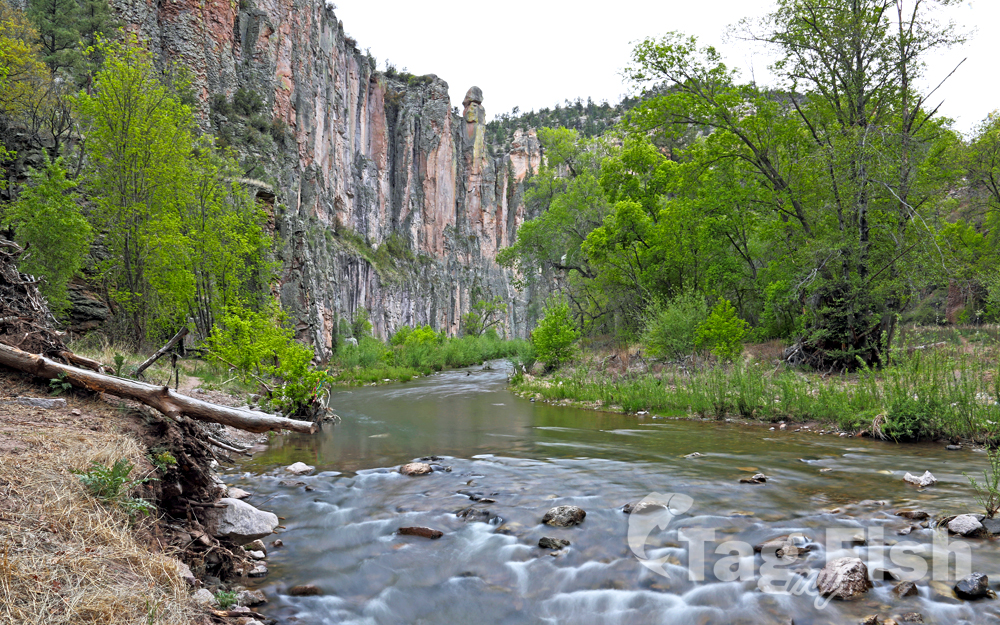
Largest tributaries
Siluriformes - Catfishes
Centrarchiformes - Basses and sunfishes
Cypriniformes - Carps
Siluriformes - Catfishes
Centrarchiformes - Basses and sunfishes
Cypriniformes - Carps
Acipenseriformes - Sturgeons and Paddlefish
Amiiformes - Bowfins
Moroniformes - Temperate basses
Cyprinodontiformes - Toothcarps
Siluriformes - Catfishes
Centrarchiformes - Basses and sunfishes
Cypriniformes - Carps
Acipenseriformes - Sturgeons and Paddlefish
Amiiformes - Bowfins
Moroniformes - Temperate basses
Cyprinodontiformes - Toothcarps
The Gila River is a 649-mile (1,044 km) long tributary of the Colorado River flowing through New Mexico and Arizona in the United States. The river drains an arid watershed of nearly 60,000 square miles (160,000 km2) that lies mainly within the U.S., but also extends into northern Sonora, Mexico.
Indigenous peoples have lived along the river for at least 2,000 years, establishing complex agricultural societies before European exploration of the region began in the 16th century. However, European Americans did not permanently settle the Gila River watershed until the mid-19th century.
During the 20th century, human development of the Gila River watershed prompted the construction of large diversion and flood control structures on the river and its tributaries, and consequently, the Gila now contributes only a small fraction of its historic flow to Colorado. The historic natural discharge of the river is around 1,900 cubic feet per second (54 m3/s), and is now only 247 cubic feet per second (7.0 m3/s). These engineering projects have transformed much of the river valley and its surroundings from arid desert to irrigated land, and supply water to the more than five million people, mainly in the Phoenix and Tucson metropolitan areas, who live in the watershed.
